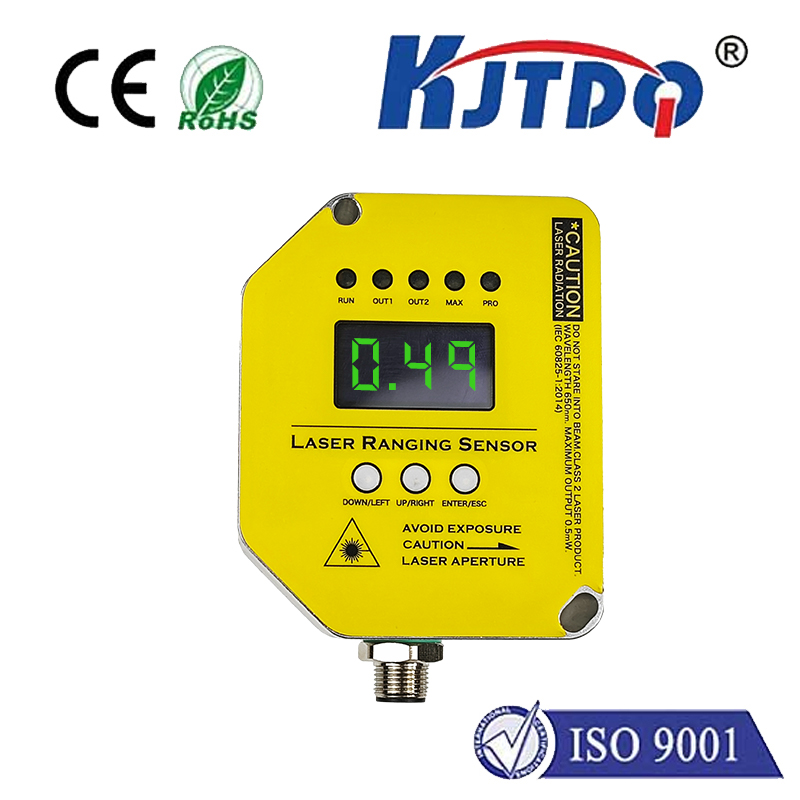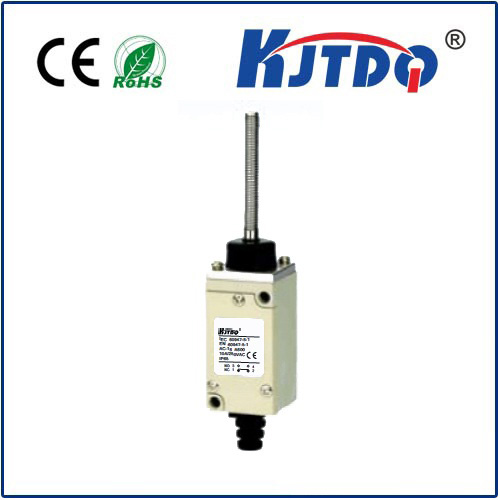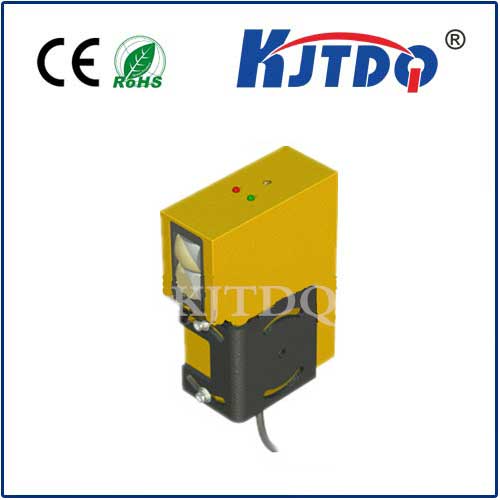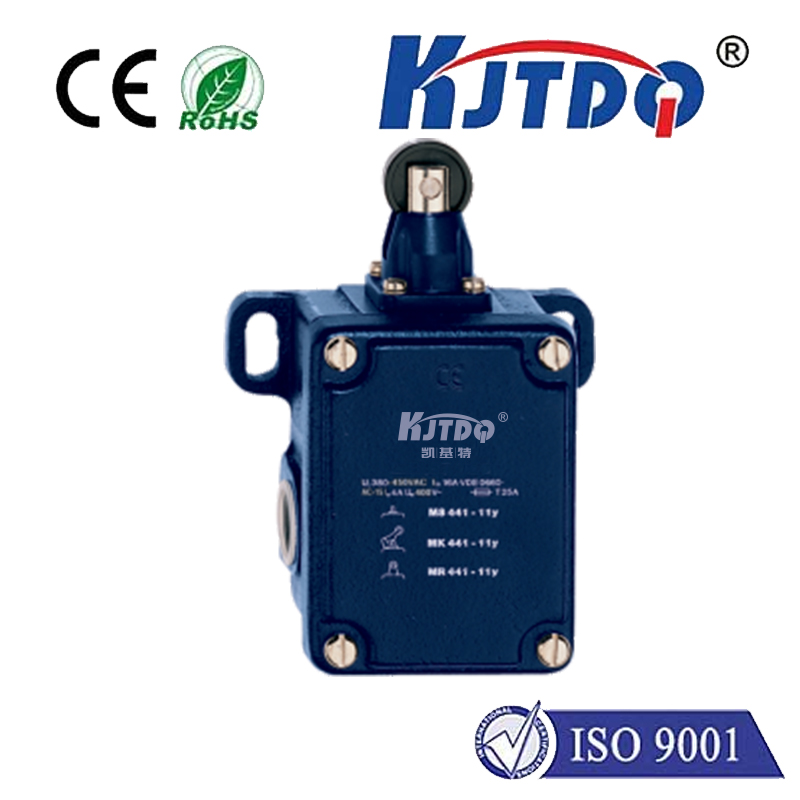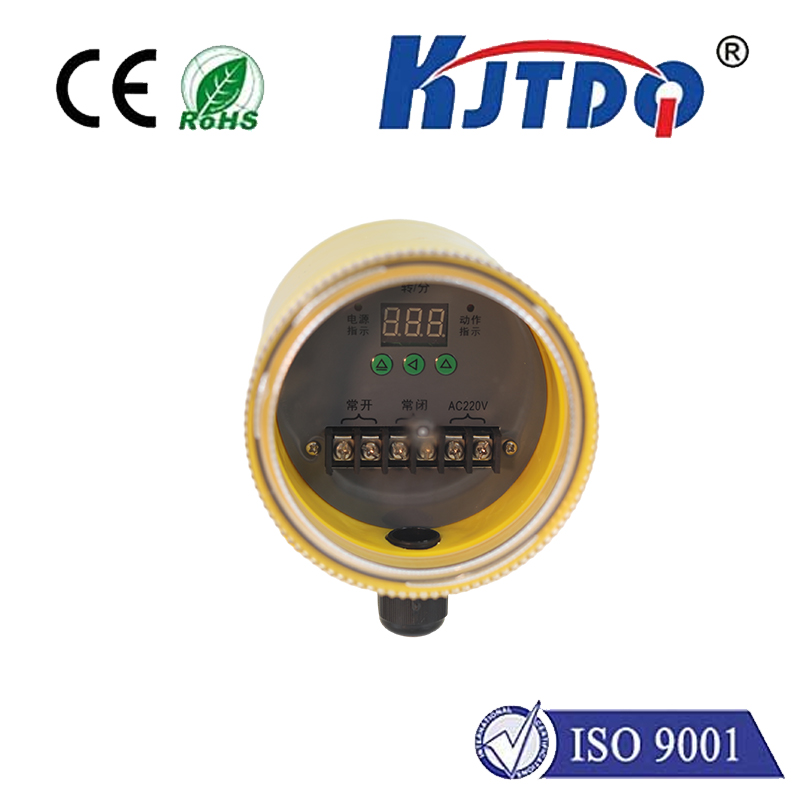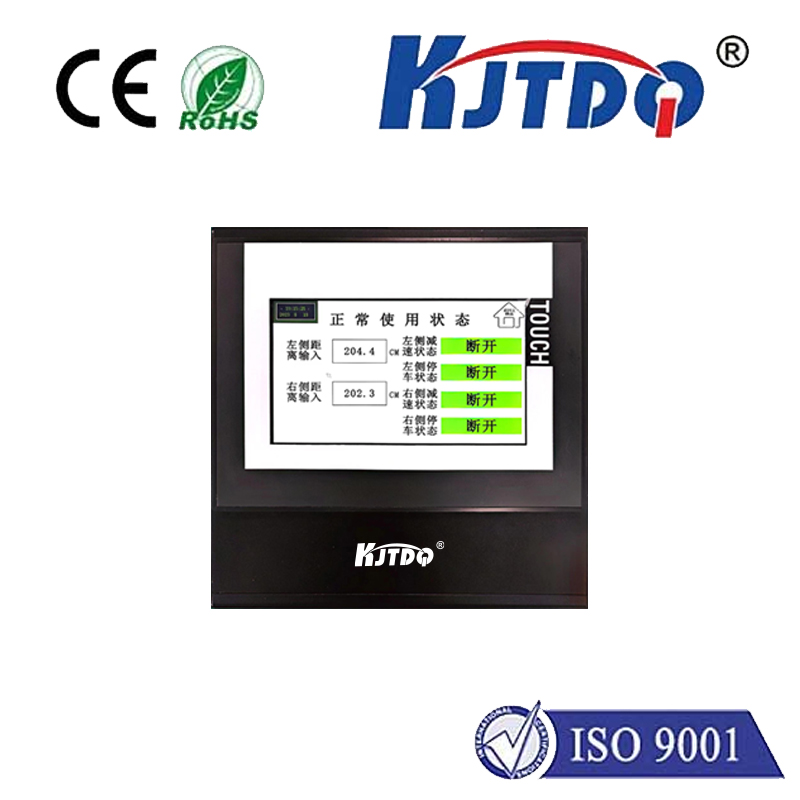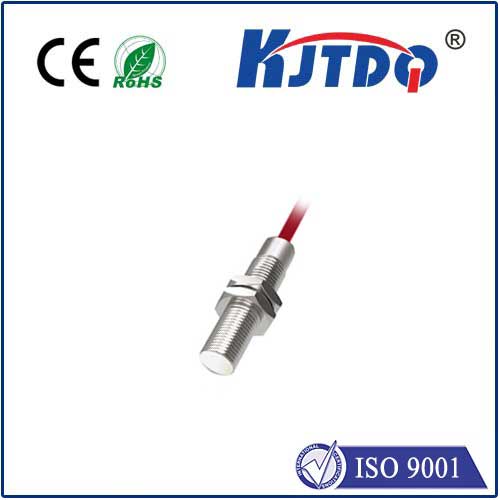magnetic limit switch
- time:2025-09-13 02:01:42
- Click:0
Magnetic Limit Switches: The Precision Sentinel for Position Sensing and Safety
In the intricate ballet of automated systems and machinery, where precision and safety are paramount, countless unsung heroes toil silently. Among them, the magnetic limit switch stands out as a remarkably reliable and versatile performer. This seemingly simple device plays a pivotal role in defining boundaries, confirming positions, and triggering critical actions – all through the invisible, powerful force of magnetism. Forget the clunky mechanical levers of the past; magnetic limit switches offer a sophisticated, non-contact solution fundamental to modern control systems.
Understanding the Magnetic Magic
At its core, a magnetic limit switch operates on a beautifully simple yet effective principle: the interaction between a permanent magnet and a reed switch. The system comprises two primary components:
- The Magnet: A small, powerful permanent magnet, typically mounted directly onto the moving part of the machine or equipment whose position needs monitoring (e.g., a sliding door, a robot arm, a cylinder piston, an elevator car, a conveyor shuttle).
- The Switch (Sensor) Assembly: This contains the sensitive magnetic reed switch, housed securely within a protective casing. This assembly is fixed at the precise position that needs to be detected – the “limit”.
How does this duo work its magic? As the moving part approaches the fixed switch assembly, the magnetic field generated by the permanent magnet penetrates the housing and interacts with the contacts inside the reed switch. The reed switch consists of two ferromagnetic, flexible metal reeds sealed within a small glass tube filled with inert gas. When the magnetic field strength reaches a sufficient threshold as the magnet gets close, it magnetizes these reeds. Their opposite poles attract, causing them to flex and snap together, making electrical contact and closing the switch circuit. When the magnet moves away, the magnetic field weakens, the reeds lose their magnetism, spring back to their original position, and break contact, opening the circuit.

This contact closure or opening is the crucial signal sent to the machine’s control system (like a Programmable Logic Controller - PLC), indicating the position or limit has been reached. This signal can trigger actions such as stopping motion, reversing direction, starting a new process sequence, activating a warning, or enabling a safety interlock.
Why Choose Magnetic? Key Advantages Resonate
The popularity of magnetic limit switches stems from their compelling advantages over traditional mechanical switches:
- Non-Contact Operation: This is arguably the most significant benefit. The switch itself has no moving parts exposed to the environment or mechanical interaction with the target. The magnet activates the reed switch purely through its magnetic field, eliminating wear and tear from physical contact. This results in vastly improved longevity and reliability, especially in high-cycle applications.
- Sealed for Protection: Because the critical reed switch contacts are enclosed within a hermetically sealed glass tube, they are inherently protected from dust, dirt, moisture, humidity, and corrosive atmospheres. This makes magnetic switches ideal for harsh environments where mechanical switches would quickly fail or become unreliable – foundries, washdown areas, outdoor machinery, and chemical plants.
- Exceptional Reliability & Long Life: With no mechanical wear on the sensing element and a sealed contact design, magnetic limit switches offer millions of operational cycles without degradation in performance.
- Simplicity & Low Maintenance: The design is straightforward, easy to install and configure, demanding minimal maintenance compared to mechanical counterparts that require lubrication or adjustment.
- High Repeatability: Their ability to provide precise and consistent detection at the exact same position every time is crucial for precision control systems.
- Cost-Effectiveness: While initial cost might be comparable, the dramatically extended lifespan and reduced downtime for maintenance often make magnetic switches a more economical choice in the long run.
- Safety Critical Applications: Their robustness and reliability make them well-suited for safety interlocks on guards, doors, and gates, helping to ensure machinery only operates when conditions are safe.
Where the Silent Sentinel Stands Guard: Ubiquitous Applications
Magnetic limit switches are found in an astonishingly wide array of industries and equipment:
- Automation & Robotics: Position sensing for robotic arms, grippers, linear actuators, and slide mechanisms. End-of-travel detection for automated guided vehicles (AGVs).
- Material Handling: Monitoring the position of pallet shuttles, conveyor stops, stacker position, telescopic conveyor extensions, and overhead crane travel limits.
- Industrial Machinery: Confirming cylinder piston position (both rod and head end), detecting tool positions on machine tools, monitoring valve stem position, guarding access points.
- HVAC & Building Automation: Controlling damper positions, verifying door and window status (open/closed) for security or climate control, elevator position sensing.
- Transportation: Checking landing door positions in elevators, sensing compartment status in trains or aircraft.
- Process Control: Verifying bin levels (using magnets on indicators), detecting tank lid position.
- Agriculture & Off-Highway Equipment: Monitor implement position, loader arm position, cabin access.
Choosing the Right Magnetic Sentinel: Key Considerations
Selecting the optimal magnetic limit switch requires attention to several factors:
- Operating Environment: Temperature extremes, presence of chemicals, moisture levels (IP rating required?), potential for explosive atmospheres (ATEX certification?).
- Electrical Load: What is the voltage and current the switch needs to handle in the circuit? Ensure the switch’s contact rating (voltage, current AC/DC) matches the load.
- Operating Distance: The crucial switching distance – the maximum distance at which the magnet can reliably activate the switch. This depends on magnet strength and switch sensitivity.
- Number of Contacts Needed: Does the application require a simple Normally Open (NO) contact, Normally Closed (NC), or a changeover (SPDT - Single Pole Double Throw) contact configuration? Safety circuits often demand NC contacts for “fail-safe” principles.
- Housing Material & Protection: Plastic, metal (stainless steel often preferred for harsh environments)? What IP (Ingress Protection) rating (e.g., IP67, IP69K) is necessary?
- Mounting Style: How will the switch and magnet be securely fastened? Options include threaded barrels, flat mounts, or specialized brackets.
- Safety Requirements: If used for safety functions, ensure the switch meets relevant standards (e.g., ISO 13849, IEC 61508) and has appropriate certifications. Positively Guided Contacts may be mandated for safety relays.






